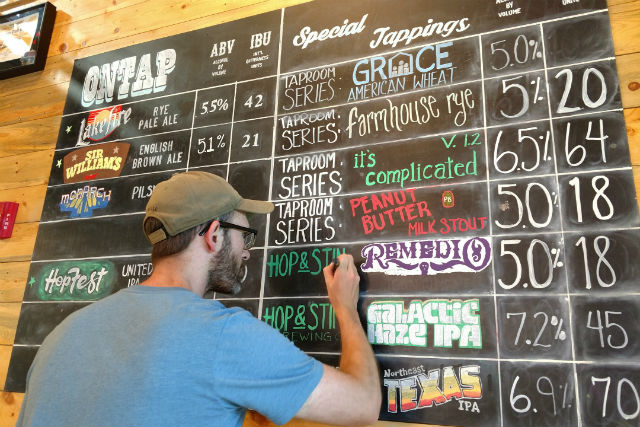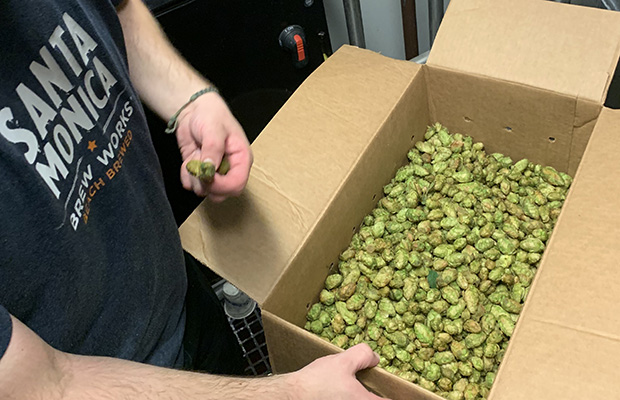
Sour beers are by no means a new style, and they are definitely here to stay. A great way to sum it up came from Bozeman‘s Kristen Hilleren, the brewery’s Lead Bartender and Merchandise Manager.
“With the market share increasing year after year, it’s important that we feel comfortable talking about and selling these styles of beer to our guests,” she explained to Brewer. “After all, we are the teachers, the influencers, the facilitators for expanding knowledge and flavor profiles, one palate at a time.”
Sour is a flavor profile, rather than a style of its own, added Lone Tree‘s Dennis Stack.
“[It] can be applied to many different styles of beer, intentionally in this case,” pointed out the brewery’s Sales & Marketing Director. “Describing the base style of beer is our first step when informing anyone about a sour beer that we produce. That is typically followed by the process we used to sour.
“This helps us guide our consumer through the flavor profile of the beer to better understand what to expect.”
The word “tart” is Twin Oast‘s go-to when describing a sour.
“Our Gose and Berliner are kettle sours, so we don’t have the acetic acid, or other more nuanced flavors that can be part of the sour world,” he pointed out. “Those flavors can also be seen as an acquired taste, so we like to describe our sours as tart, refreshing, and approachable.
“Normally with this descriptor and a quick splash for the customer to sample, we can pique enough interest to sell the pint.”
READ MORE: Would a pH Scale Help Consumers Understand Sours?
MadTree tried all sorts of things, said Marketing Manager Trevor Self, like explaining what wild yeast was added to the beer and keeping with the term “sour” versus if they are just adding acids to a beer (citric, tartaric, malic, etc.) they use the term “tart” to help describe the difference.
“Then,” he said, “if the beer is soured in a kettle versus a wooden barrel, we use the kettle sour jargon.”
A lot of times, consumers that are really invested in sours will already be familiar with the different types of wild yeast like Brettanomyces, Pediococcus, and Lactobacillus. However, Self said, there is also the opportunity to educate the consumer on all the different ways a beer can become “sour” or “tart” as well as the risk of brewing with wild yeast in the same facility as your other non-wild yeast fermented beers.
At Legion, Courtney Glasser said they describe their Carolina Sparkle Party, a Berliner-Weisse-style, as a sour ale with a funky flavor and bready notes, like sourdough bread.
“We enjoy educating our friends on the history of the Berliner-Weisse, and we even offer four homemade syrups to be added when poured, just as they do in Germany,” she said. “We tell our guests that legend has it, Napoleon’s soldiers referred to this sparkling concoction as “Champagne of the North,” a nickname that also gives our guests a good sense of what kind of flavors to expect.”
Additionally, Legion’s flagship Supernova brand is a fruited sour that rotates flavors throughout the year.
“We describe this fruited sour ale as funky and tart, like a fruit pie,” Glasser said. “Depending on the fruit combination, the sweetness can really temper the tartness of the beer. Some of the flavors, such as Cherry Lemon, are reminiscent of eating a pack of Sweet Tarts candy, whereas the Blueberry Pomegranate flavor reminds us of a slice of Grandma’s homemade pie after Sunday dinner.”




Be the first to comment